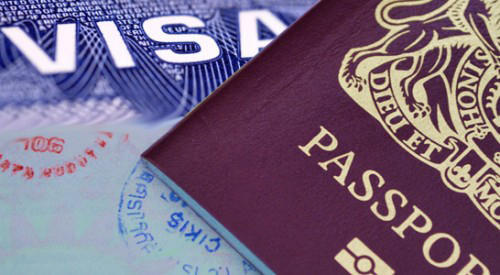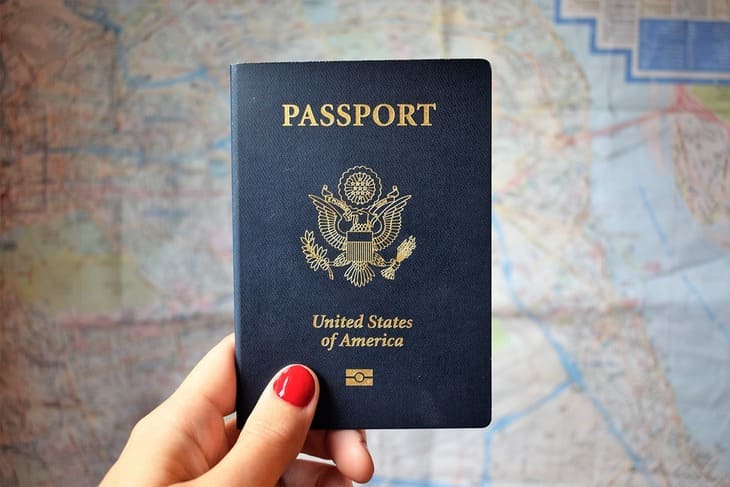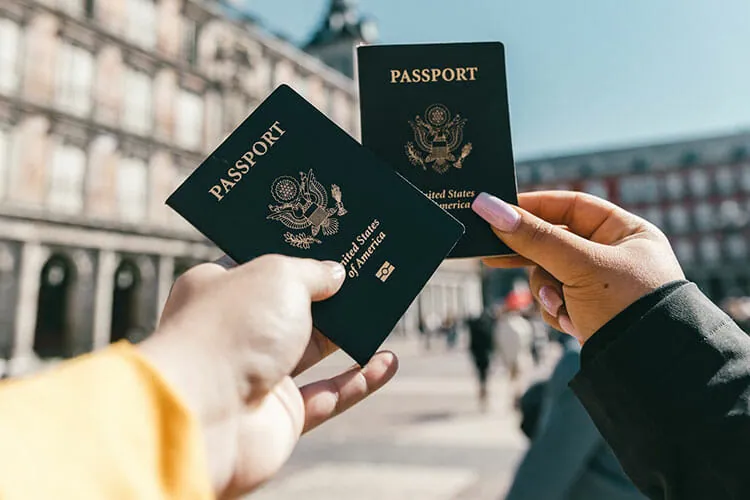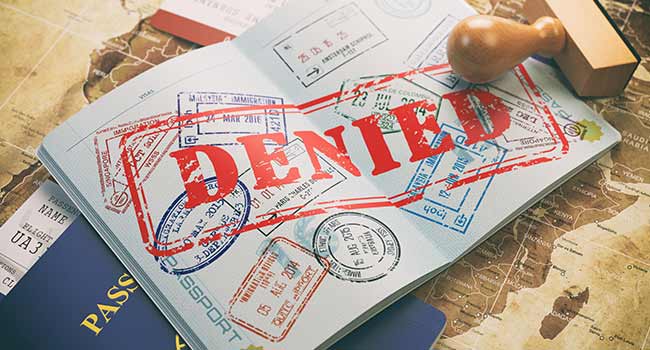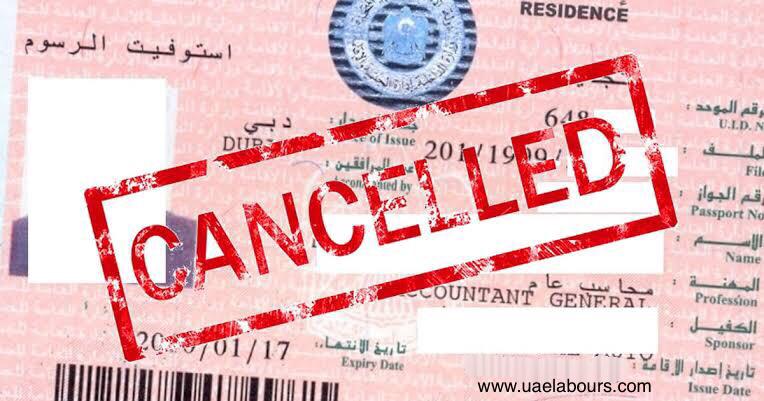What are the 4 types of visas? The four main types of visas are immigration, tourist, student and work visa. Other types of visas include business, and religious visas. In this article, we shall tell you all you need to know.
Everyone wants a better life. While some seek it in their home country, others travel abroad to take a very good and precise shot at it. But, no one is going to get the airplane without a visa.

We have already answered the “What are the 4 types of visas” question. So, in the subsequent paragraphs, we shall elaborate more on these.
What are the 4 types of Visas?
Tourist Visa
Tourist Visa holders may enter the nation for tourist and pleasure. Typically, these are short-term travel authorizations.
Business visa
This type of visa often allow their holders to do business activities such as meetings, negotiations, conferences, and contract writing abroad. However, they often forbid labor that is compensated by an organization based in that state.
Work Visa
The holder of a work visa is able to travel abroad and work there. It is essential to perform paid employment (and occasionally unpaid work) abroad
Transit Visa
When traveling from one place to another, a transit visa allows for a temporary stopover in that nation. Typically, you need this visa in order to leave the airport in between flights. Even if the traveler stays in the airport, it may still be necessary in some nations.
Student Visa
A student visa permits the holder to pursue academic studies at a university or other type of learning facility abroad.
What is B-1 and B-2 Visa
The most prevalent forms of visas awarded in the United States for a variety of purposes are B1 and B2 visas, also known as “B visas.” The B1 visa is typically provided for brief business travels, whereas the B2 visa is typically issued for leisure travel.
Following the U.S. government’s approval of your B1 or B2 visa application, a visa will be issued with the designation “B1/B2” under “Visa Type/Class,” allowing the visitor to conduct both short-term business and leisure activities while in the country.
The most frequent reasons for requesting B visas are to go to the United States to see family, friends, and other relatives as well as to conduct short-term business trips for meetings, discussions, and site inspections. However, B visa holders are not allowed to work or receive any type of pay in the United States.
To work (including on a part-time basis) in the United States or to make investments in shops, businesses, or other ventures there, visitors must submit an E visa application.
People who could engage in business activities while they are in the United States are urged to review the details of those activities and their duration in advance.
The ability to obtain a B-visa quickly is one of its benefits. Compared to the E-visa, needed for expats, and the L-visa, needed for transfers, the application is simpler and easier to get.
For friendly countries, the VWP (Visa Waiver Program) system has been developed in the United States. In accordance with the arrangement, citizens of subject nations may visit the United States without a visa and may stay there for up to 90 days.
They must apply for an ESTA before leaving, and the only purposes of their visit are short-term business or sightseeing.
However, one drawback of the B-visa is that it imposes restrictions on what can be done in the United States. Since local employment is prohibited, the B-1 visa, which is mostly used for business, is only permitted for meetings, inspections, business conversations, and purchases. Neither the B-2 visa nor the B-2 subject to sightseeing is allowed for employment, including part-time employment.
As of January 2022, 39 countries and regions are covered by the VWP, and as more people apply for ESTA (Electronic System for Travel Authorization), the demand for B-visas is decreasing in each of those nations.
In summary, the 4 major types of visas are Business, Tourist, Work and Student visa.

